On blogging and being featured in Woman and Home
This post is definitely a coffee break read! It’s been a challenging few weeks, although on the whole, March has been…

This post is definitely a coffee break read! It’s been a challenging few weeks, although on the whole, March has been…
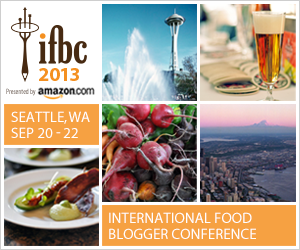
It’s time to get down to the nitty-gritty of attending Foodista’s IFBC in Seattle – what did I actually learn…
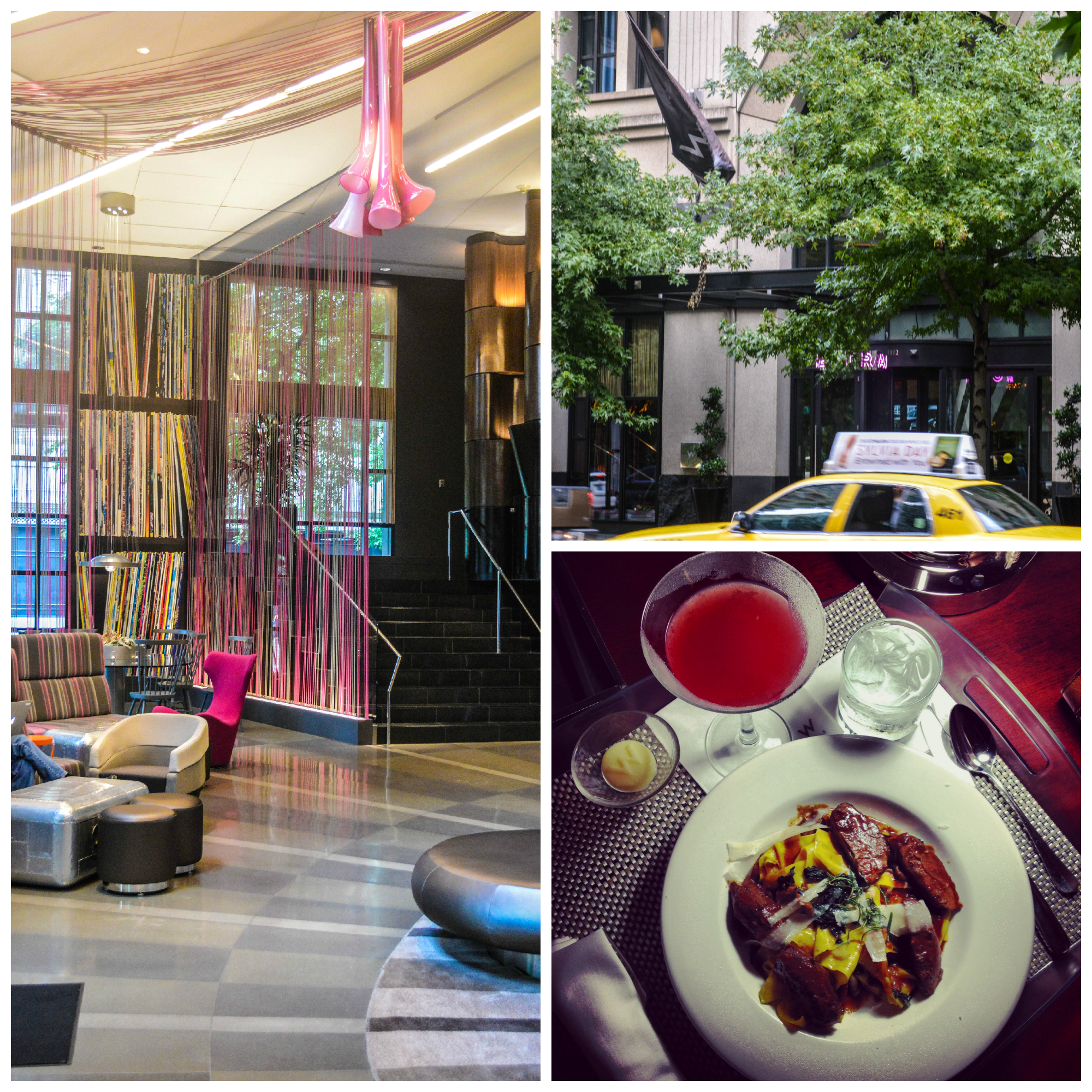
This is my second post on attending IFBC the International Food Blogger Conference in Seattle last weekend. I’ve already introduced…

Seattle and I have been friends for a very long time. Both the city itself and the luscious, green areas…
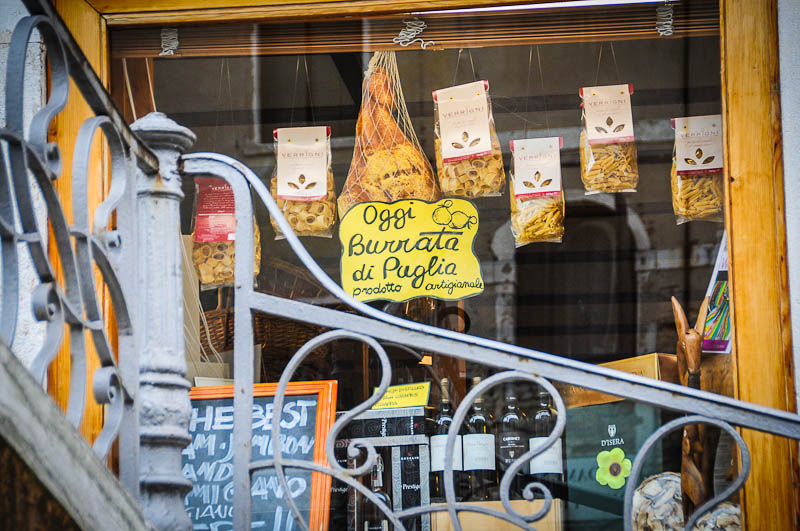
I’m back from a truly memorable family holiday with husband and children to Italy, visiting the relatively undisturbed, food-filled region…
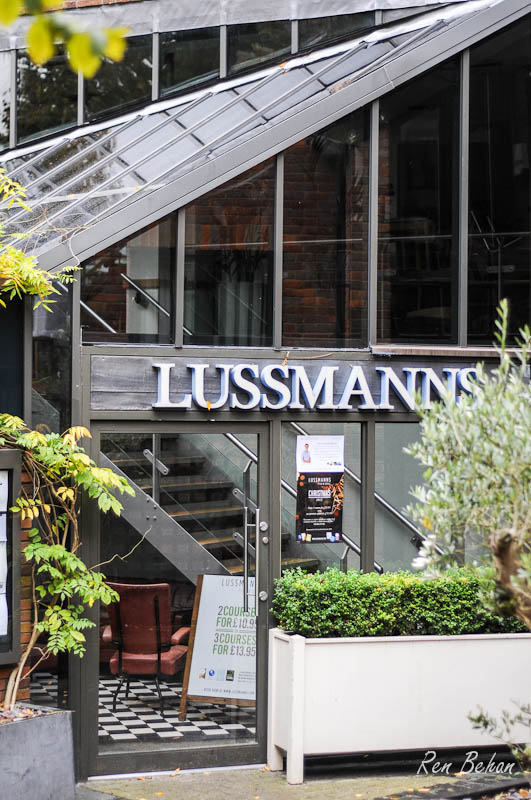
St Albans is fast becoming a city known for good food, as evidenced by the annual St Albans Food Festival, which will…
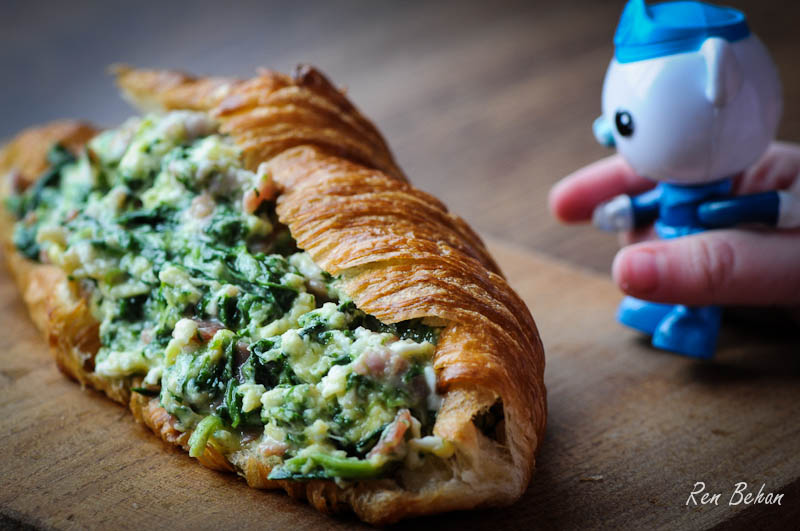
I watched a short news clip this week, about a new trial taking place in Blackpool, England, offering primary pupils a…
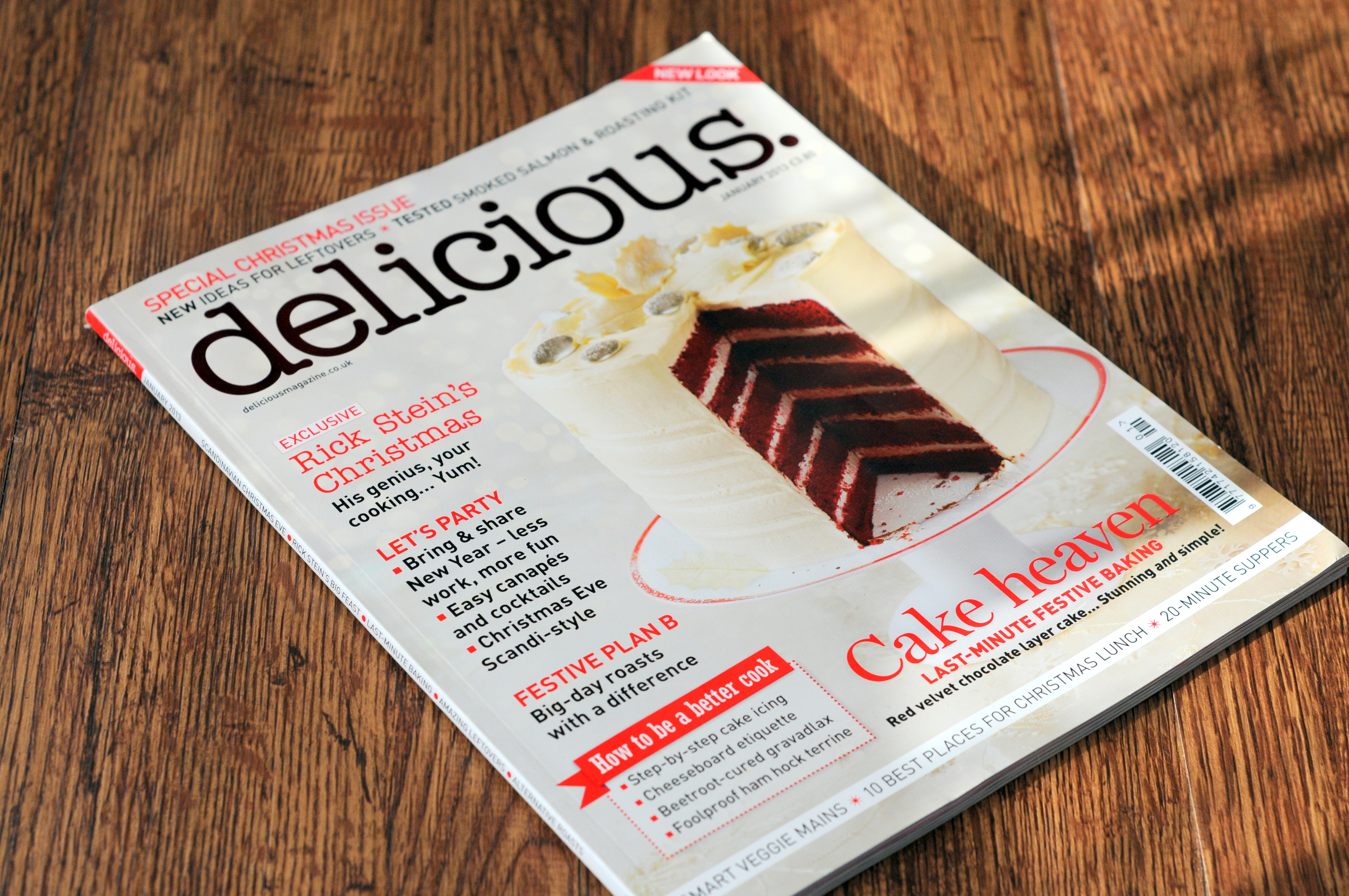
All I want for Christmas is…a copy of delicious. January 2013! I know it’s not particularly humble or ladylike to shout…
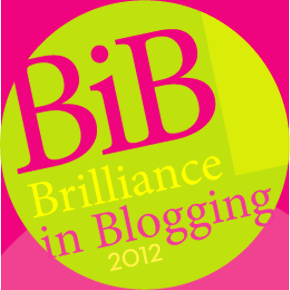
I wanted to say a very special thank you to everyone who nominated me and voted for Fabulicious Food! in the Britmums Brilliance…
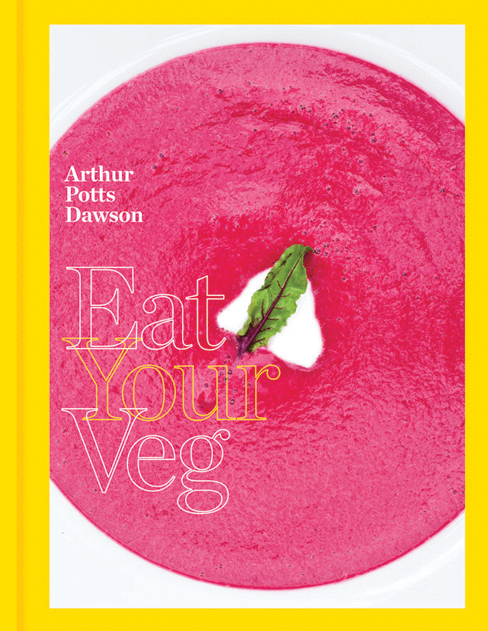
Move over Hugh Fearnley-Whittingstall, here comes Arthur Potts Dawson with his take on all things veg! New from the Octopus…
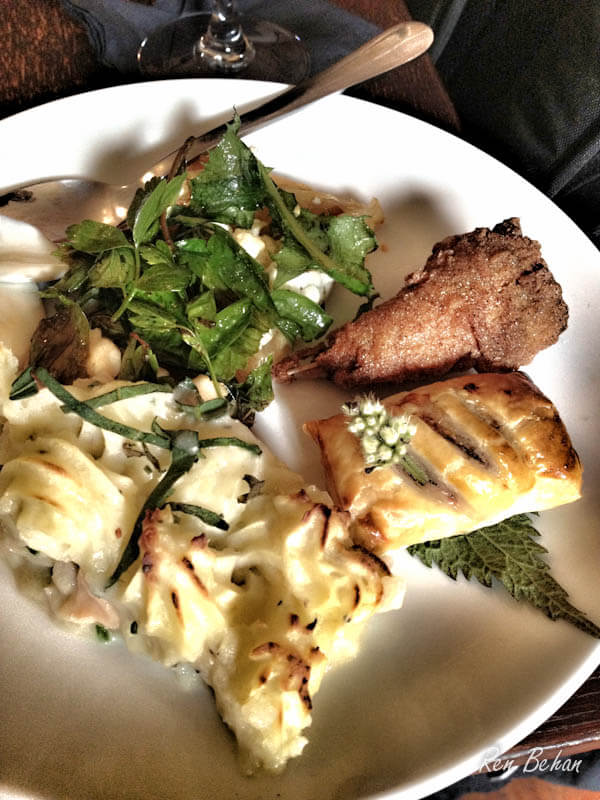
Nettle soup with wild garlic-infused olive oil, sweet onion tart topped with foraged herbs, blue cheese cheesecake with wild poppy…

My visit to Pizza East Portobello was quite memorable for two reasons. Firstly, it was the first place in which I ate…
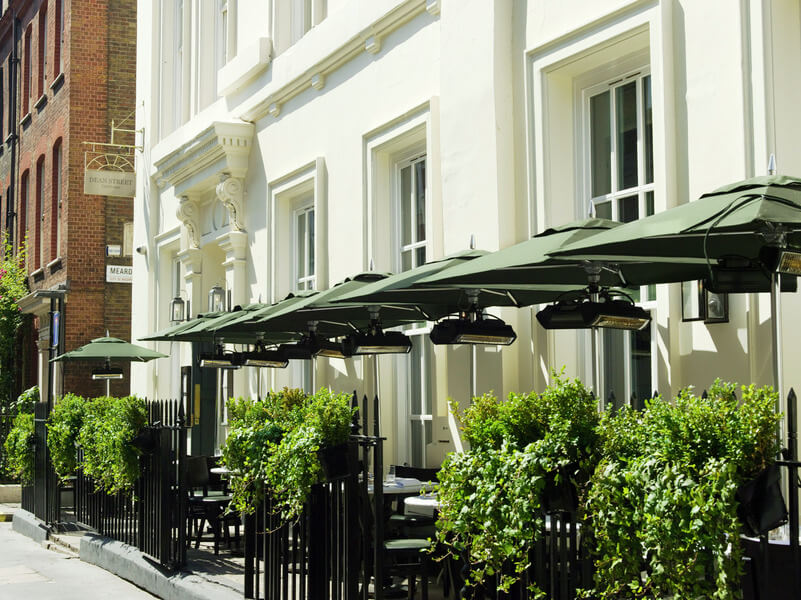
Loving food as I do, one of the activities I enjoy the most is eating out. Unfortunately, having two children…
One of the culinary highlights of 2011 for me was taking a pasta class with Katie Caldesi in her home…
Yesterday, I wrote about Day One of the Martell Pure Gourmet adventure, in Cognac, France. Our bright and breezy second morning began with…
There’s a cosy stew on my stove and a cup of tea beside me as I write, but just for…
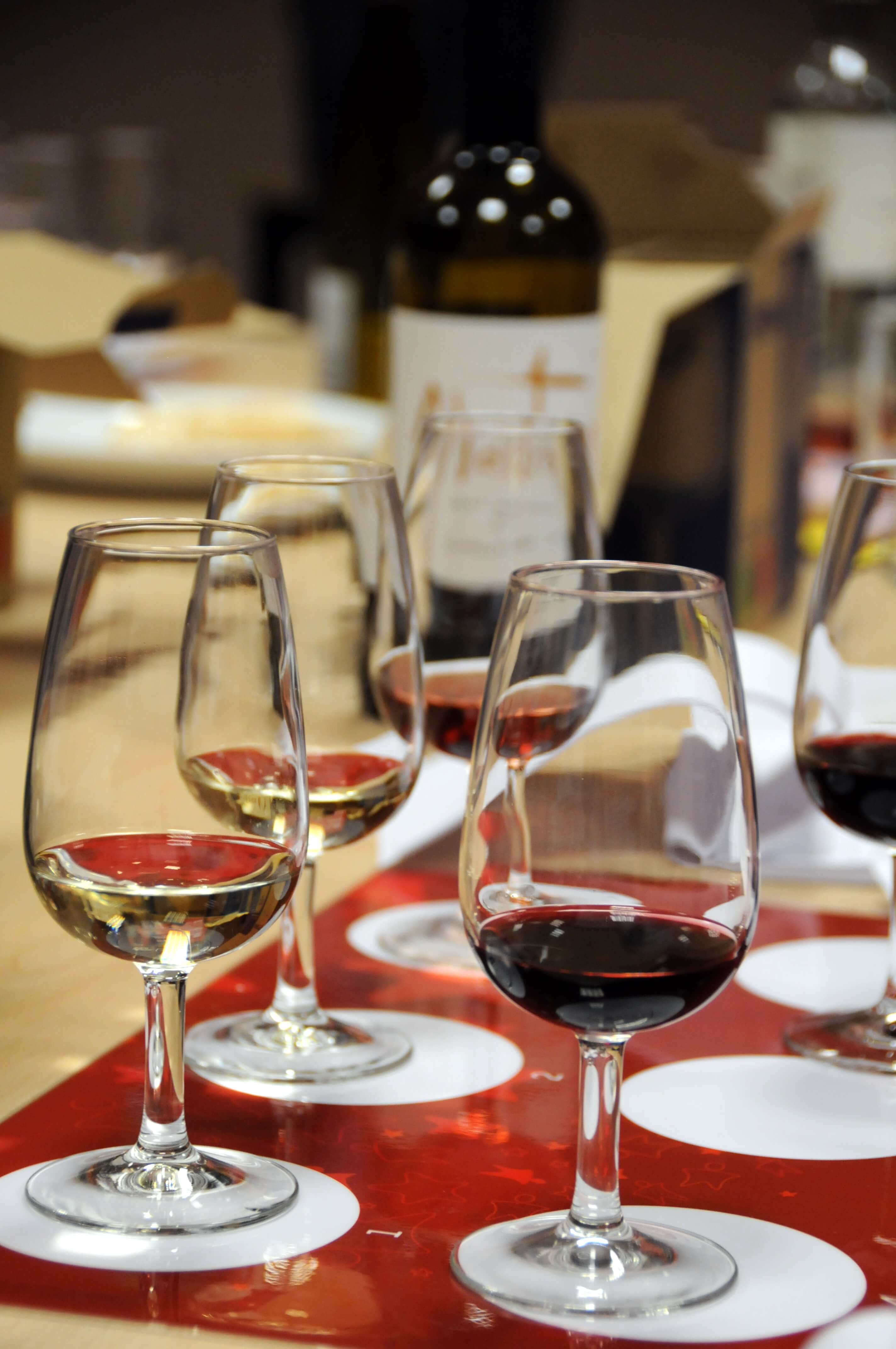
This weekend marks the finale of the St Albans Food and Drink festival and as part of the celebrations, I…
This weekend I attended Food Blogger Connect, which is Europe’s first and biggest food blogging conference held in London. I…
A short while ago I had the really exciting opportunity of interviewing one of New Zealand’s best loved food writers, Annabel…
If you have kids, you may be familiar with Anorak Magazine – the happy magazine for kids which is available both…
There can be no doubt that Vanessa Kimbell is an inspirational woman. Over a year ago, Vanessa gave up her successful…
Last week I was invited to attend an event hosted by Knorr to launch their new ‘Best of British’ campaign. Now I don’t…
I am very pleased to report that yesterday’s stint on Nick Coffer’s Weekend Kitchen at BBC Three Counties Radio was a great…
A cold blustery night in November. The log fire burned brightly from inside a solid stone fireplace decorated with tea…